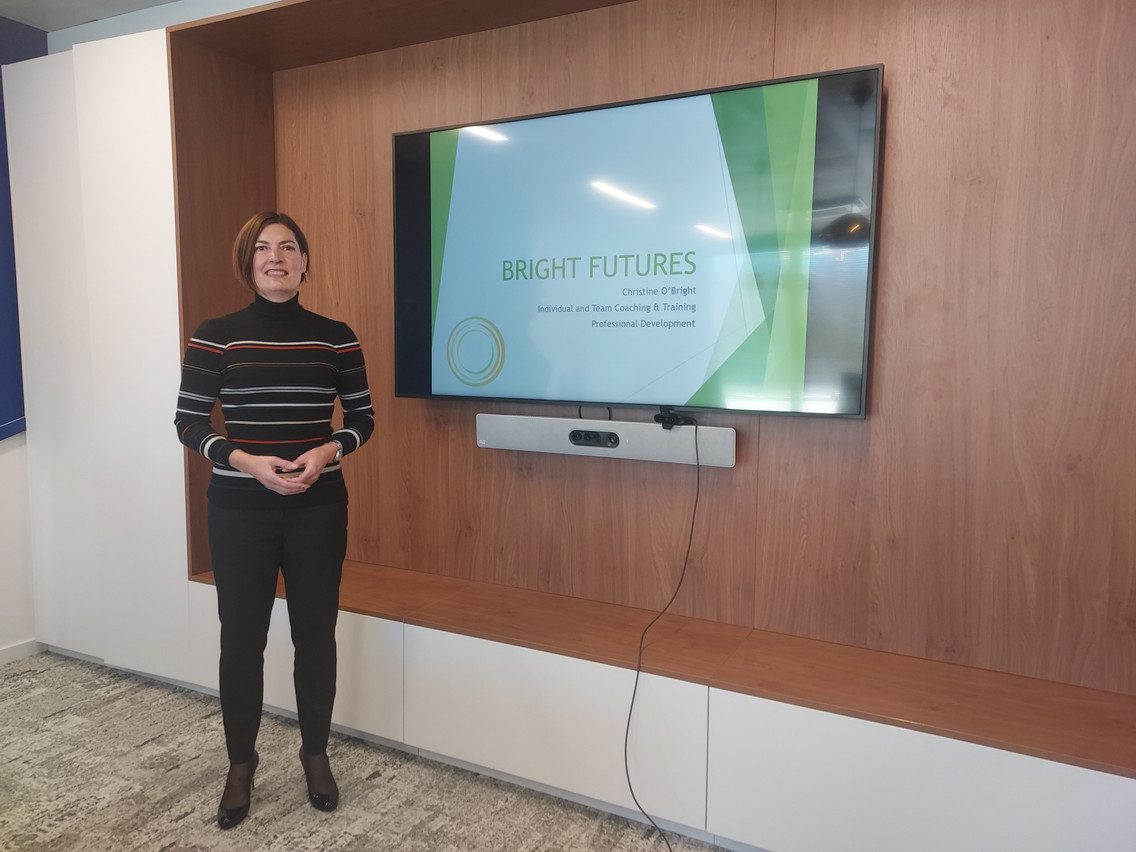The private market investment space has been growing rapidly, while public markets have been contracting. In fact, the number of publicly listed US companies has nearly halved in the last 25 years, while companies tend to stay private longer.
In general, investors look to private markets, as they can offer diversification from traditional markets and provide investment options that encompass a broader representation of the economy. They also provide the potential for better income and higher capital growth, an illiquidity premium and possible protection from economic shocks.
Private market funds, such as private equity, private debt, real estate and infrastructure funds, have attracted significant investments from institutional investors in Luxembourg, including pension funds, insurance companies, and sovereign wealth funds. Over the next three to five years, institutional investors will remain a key growth driver; however, the industry is undergoing significant changes, and funding from alternate sources is an emerging trend.
While in the past, private market funds have been reserved for institutional and other well-informed investors, we now find retail investors seeking to enter this space, as they pursue alternative sources of returns and diversification from traditional markets. Private market funds have conventionally been established as closed-ended structures. Most private equity funds feature a 10-year term (often longer with fund extensions) during which investors are locked into the fund. As the appetite for retail to invest in private markets increases, so too has the development of open-ended/evergreen fund structures.
Traditionally, the applicable laws available in Luxembourg for private market funds have been the Raif, Sicar and SIF, which are reserved for well-informed investors. We believe access to private markets investing will continue to expand in Luxembourg and the UCI Part II fund vehicle, along with the Eltif label, will play an important role in delivering these solutions. Indeed, the recent changes to the Eltif regime, including allowing the possibility to have redemptions under certain conditions and the removal of the minimum investment, make it more attractive to retail investors.
Despite this positive trend towards retail investment in private markets in Luxembourg, the industry is facing some challenges, one of them being increased regulatory scrutiny. The AIFMD, which regulates the private markets industry in Europe, has led to increased compliance and reporting costs for fund managers. The recent proposals for AIFMD II are likely to enhance these requirements, further increasing costs. In conclusion, the outlook for private markets funds in Luxembourg over the next three to five years is optimistic.
Although increased regulatory scrutiny coupled with a new era of higher inflation and the possibility of recession are likely to pose challenges, the industry is expected to continue to grow, mainly driven by strong demand from institutional investors. The trend towards retail investment via UCI Part II funds and Eltifs remains an exciting development that could provide a new source of capital for private market fund managers in Luxembourg.
